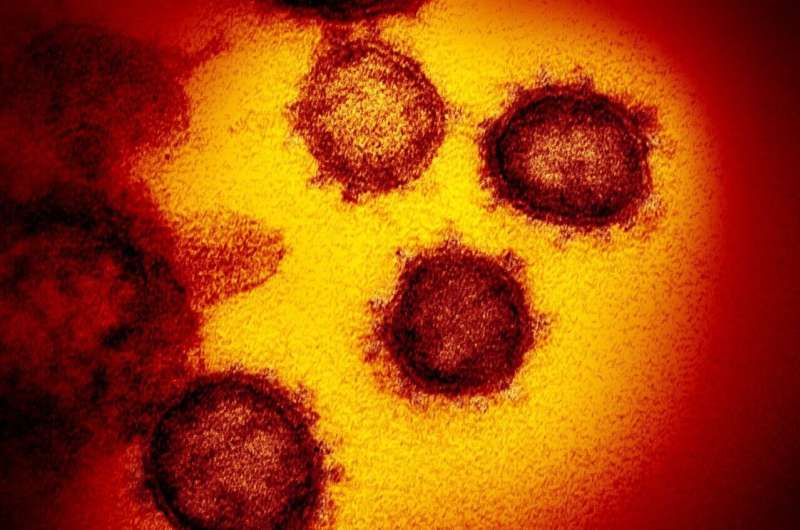
New research has found that children and youth may be at low risk of severe acute COVID-19, according to a study conducted during the first half of the pandemic and published in CMAJ (Canadian Medical Association Journal).
Researchers with the Canadian Paediatric Surveillance Program (CPSP) looked at hospitalizations of children with SARS-CoV-2 infection and factors for severe disease among children and youth admitted to hospital. The study included data on 264 children and youth with SARS-CoV-2 infection hospitalized across Canada between Mar. 25 and Dec. 31, 2020, and involved 2800 pediatricians. The data were collected before the Delta variant became dominant in Canada.
Of all the children and youth with SARS-CoV-2 infection admitted to hospital, 43% were admitted for other reasons—such as medical concerns unrelated to COVID-19 or for infection control purposes—and the infections were picked up incidentally.
“Our study shows that the clinical presentation and severity of disease caused by SARS-CoV-2 infection were different in children than in adults in the first part of the COVID-19 pandemic in Canada,” writes Dr. Shaun Morris, co–senior author, infectious diseases physician at The Hospital for Sick Children (SickKids) and associate professor, Department of Paediatrics at the University of Toronto, with coauthors.
The authors initially expected that children and youth could be at higher risk for severe disease given what is typically seen with viral respiratory infections in the pediatric population.
The most common symptoms of the 150 children and youth admitted primarily for COVID-19 were fever (70%), vomiting (35%) and cough (34%). Half (50%) of the children and youth admitted to hospital with COVID-19 were described as having severe disease, 21% of patients were admitted to the intensive care unit and 13% needed cardiac or respiratory support beyond low-flow oxygen.
“Although children have recently been shown to have the highest seroprevalence of SARS-CoV-2 antibodies from infection among all age groups in Canada (3.3%), the relatively small number of pediatric hospital admissions highlights that children have less severe infection than adults even though they may be infected more frequently,” writes Dr. Fatima Kakkar, co–senior author, infectious diseases physician at Centre Hospitalier Universitaire Sainte-Justine, and associate professor, Department of Paediatrics at Université de Montréal, Montréal, Quebec.
Children and youth with severe disease were more likely to have an underlying health condition such as obesity, and neurological and respiratory conditions (other than asthma). About half of those with severe disease had at least one comorbidity.
Infants and teenagers had higher rates of hospitalization than school-aged children. The authors suggest it may be because physicians were being extra cautious in the case of infants, while the higher hospitalization rates in teenagers might be because they may be at increased risk of infection and exhibit more severe disease.
Deaths in children from COVID-19 were very rare, consistent with previously published studies.
“Overall, the results of this study serve to inform parents and policy-makers that severe acute disease in kids was rare during the study period,” says Dr. Morris. “It is important to note that these study results reflect the burden of disease before the Delta variant.”
While the Delta variant is known to be more infectious, it’s not yet known whether it causes more severe disease in children or youth.
The authors advocate for continued monitoring in case of potential changes in COVID-19 epidemiology and better understanding of disease severity in healthy children and youth, as well as those with underlying health conditions.
In a related commentary, Drs. Stephen Freedman and James Kellner, professors at the Alberta Children’s Hospital Research Institute in the University of Calgary’s Cumming School of Medicine, write, “Although, as shown by the authors of the related study, the consequences of acute COVID-19 in children were limited in the early phases of the pandemic, the direct and indirect impacts of SARS-CoV-2 infections in children must be considered when determining public health policies. These deliberations must integrate the short- and long-term impacts that public policy may have on the physical, mental and social well-being of children. While the light is visible at the end of the tunnel, children in Canada must continue to be protected as they may be the last ones to get there.”
Source: Read Full Article


